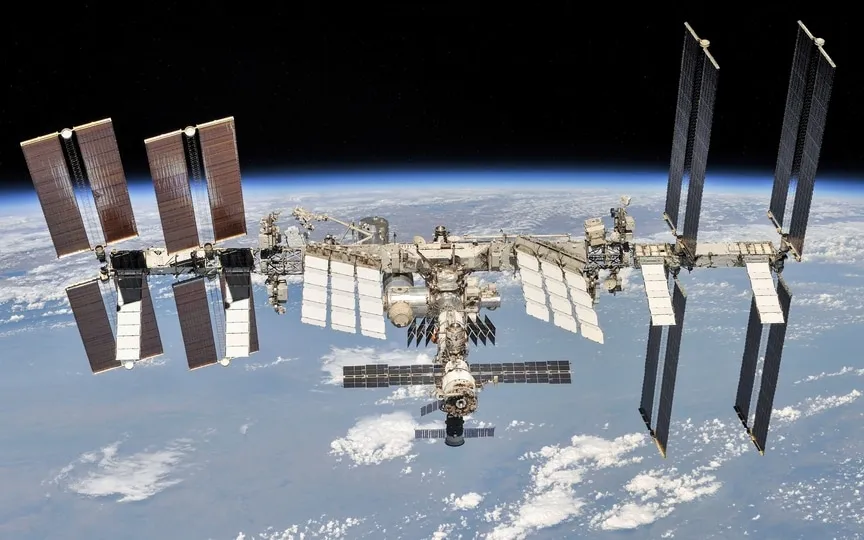NASA Teams Up with Seven Companies to Meet Commercial and Government Space Needs
NASA has intensified its partnership with private companies to cater to its expanding commercial and government needs. The agency has enlisted the services of seven firms, including Blue Origin led by Jeff Bezos and SpaceX led by Elon Musk. The primary objective of this collaboration is to enhance human spaceflight and boost the US commercial low Earth orbit economy.
Notably, these space law contracts are unfunded. Another initiative, Collaborations for Commercial Space Capabilities-2 (CCSC-2), is also designed to advance commercial space-related efforts. This is done at NASA by sharing technical expertise, assessments, technologies, and information in ways that consume as few government resources as possible. It does, however, promote capacity building to create a robust low-Earth orbit economy. Phil McAlister, director of commercial spaceflight at NASA headquarters in Washington, says: “Companies can take advantage of NASA’s vast knowledge and experience, and the agency can be a customer of the capabilities included in the contracts. future.”
The seven companies selected for Collaborations for Commercial Space Capabilities-2 are:
Blue Origin, Kent, Washington
Northrop Grumman Systems Corporation, Dulles, Virginia
Sierra Space Corporation, Broomfield, Colorado
Space Exploration Technologies Corporation, Hawthorne, California
Special Aerospace Services, Boulder, Colorado
ThinkOrbital Inc., Lafayette, Colorado
Vast Space LLC, Long Beach, California
The engagement is expected to increase both public and private issues. “We’ve seen how these types of partnerships benefit both the private sector and NASA,” McAlister said.
A strict methodology was used to make decisions and select companies for cooperation. NASA selected these proposals based on their importance to the achievement of the agency’s goals and the ability of these companies to provide the requested resources. The feasibility of the company’s business and technical approach was also rigorously tested. And most importantly, each party is responsible for the costs of their participation.
Who participates in what
While Blue Origin is developing an integrated commercial space shuttle capability and high-frequency US access to orbit for crew and other missions, Northrop Grumman offers autonomous and robotic capabilities for commercial scientific research and production capacity in low Earth orbit.
Sierra Space is working with NASA to develop the company’s commercial low-orbit ecosystem, including next-generation space shuttles and expandable and customized space facilities that enable human presence in low Earth orbit.
SpaceX is collaborating with NASA on an integrated low-Earth orbit architecture and near-term Dragon evolution and concurrent Starship development. It also includes crew and cargo transport, communications, operational and ground support.
Special Aerospace Services is working with NASA to develop space maintenance technology, propulsion and robotics, called Autonomous Maneuvering Unit (AMU) and Astronaut Assist-AMU, for commercial space services and mobility applications for safer assembly of commercial low-level equipment. Earth orbit objects, maintenance, search and inspection of systems in space.
ThinkOrbital participates in its ThinkPlatforms and CONTESA (Construction Technologies for Space Applications) projects. ThinkPlatforms are self-assembling, single-launch, large-scale orbital platforms in low Earth orbit. CONTESA includes welding, cutting and auxiliary equipment for large-scale manufacturing in space.
Vast will work at microgravity and artificial gravity stations. This includes the Haven-1 commercial target, which provides a microgravity environment for the crew, and the first crewed mission, called Vast-1, to the platform.
NASA and the Low Earth Orbit Economy
NASA wants a robust low-orbit economy aimed at increasing education and job growth in science and technology, as well as spurring economic growth by creating new space markets.
For decades, NASA has supported a continued U.S. human presence in low-Earth orbit with astronauts on the International Space Station, but in 2019 it adopted a strategy to help achieve the agency’s goal of a low-Earth orbit marketplace, with NASA as one of many customers and the private sector leading the way. The ultimate goal of this strategy is to advance human exploration into deep space.




